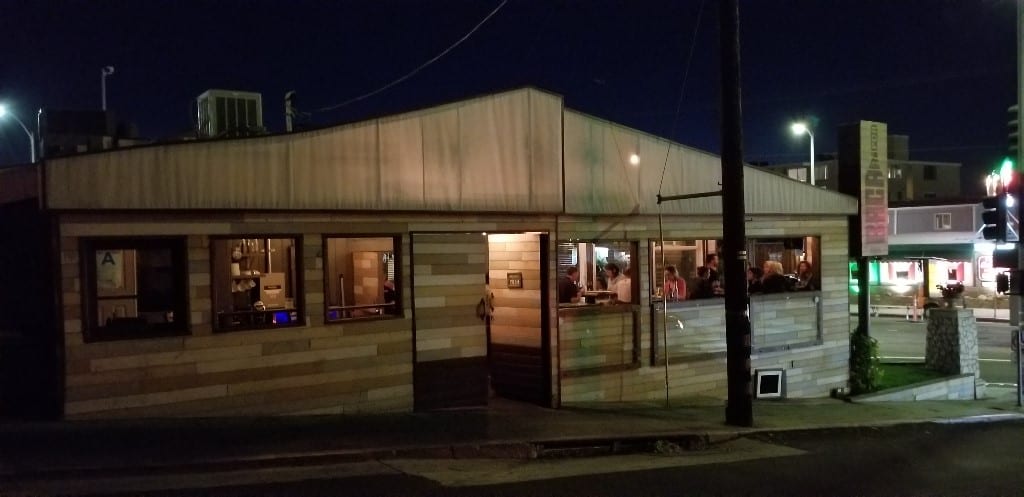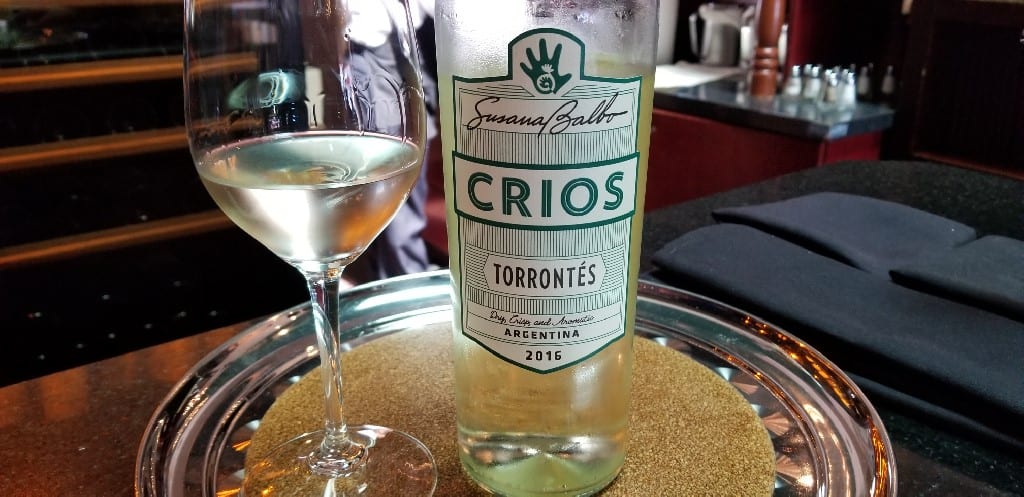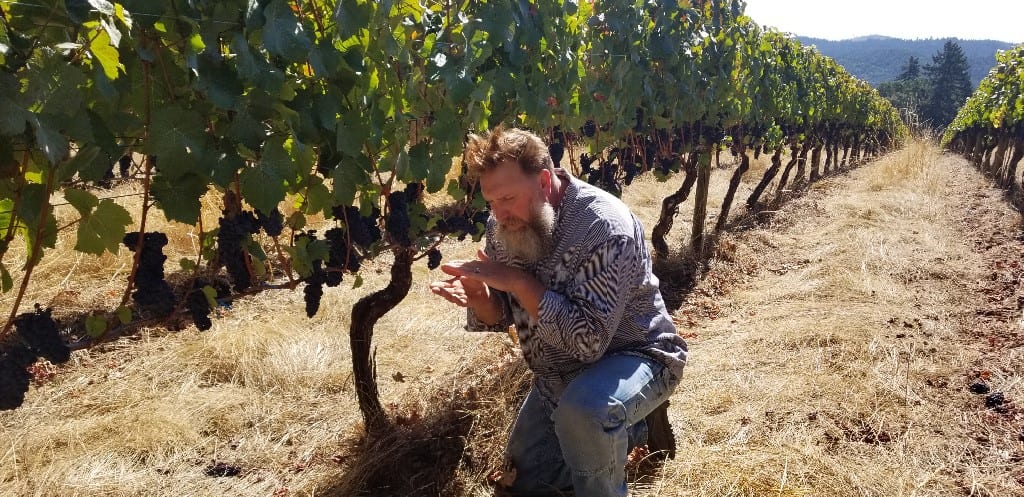Please The Palate Pick of the Week: The Diversity of Madeira Wine
I spent the past week drinking Madeira wines and I am still licking my lips. If you have not had Madeira, it is time to...




I spent the past week drinking Madeira wines and I am still licking my lips. If you have not had Madeira, it is time to...
In Italy, more than 80 percent of the grapes grown are native varieties. One of the most cultivated indigenous varieties is Nero d’Avola, the flagship red grape of Sicily. It makes up 60 percent of Sicily’s agriculture. When speaking about Nero d’Avola from Sicily, it is like speaking about Nebbiolo from Piedmont, Sangiovese from Tuscany and Montepulciano from Abruzzo.


One of the leading producers of Nero d’Avola is Planeta. The Planeta family in Sicily dates back five centuries and 17 generations. After a long history in agriculture, Grandfather Vito Planeta transformed their small family winery into a large cooperative winery in the 1900s.






The 70th Annual Emmy Awards took place this week, and throughout all the pre- and post-Emmy events, as well as at the ceremony itself, sparkling wine was being drunk.
Logically, you might think it was Champagne. But, in fact, the Official Sparkling Wine of Emmy Awards is from Italy. It is Ferrari Trento Brut DOC, a blanc de blanc made from Chardonnay and matured for two years in the bottle.
As the year continues to rush by, I hope you had a wonderful and relaxing summer! Now that we are entering Fall, event season starts...







